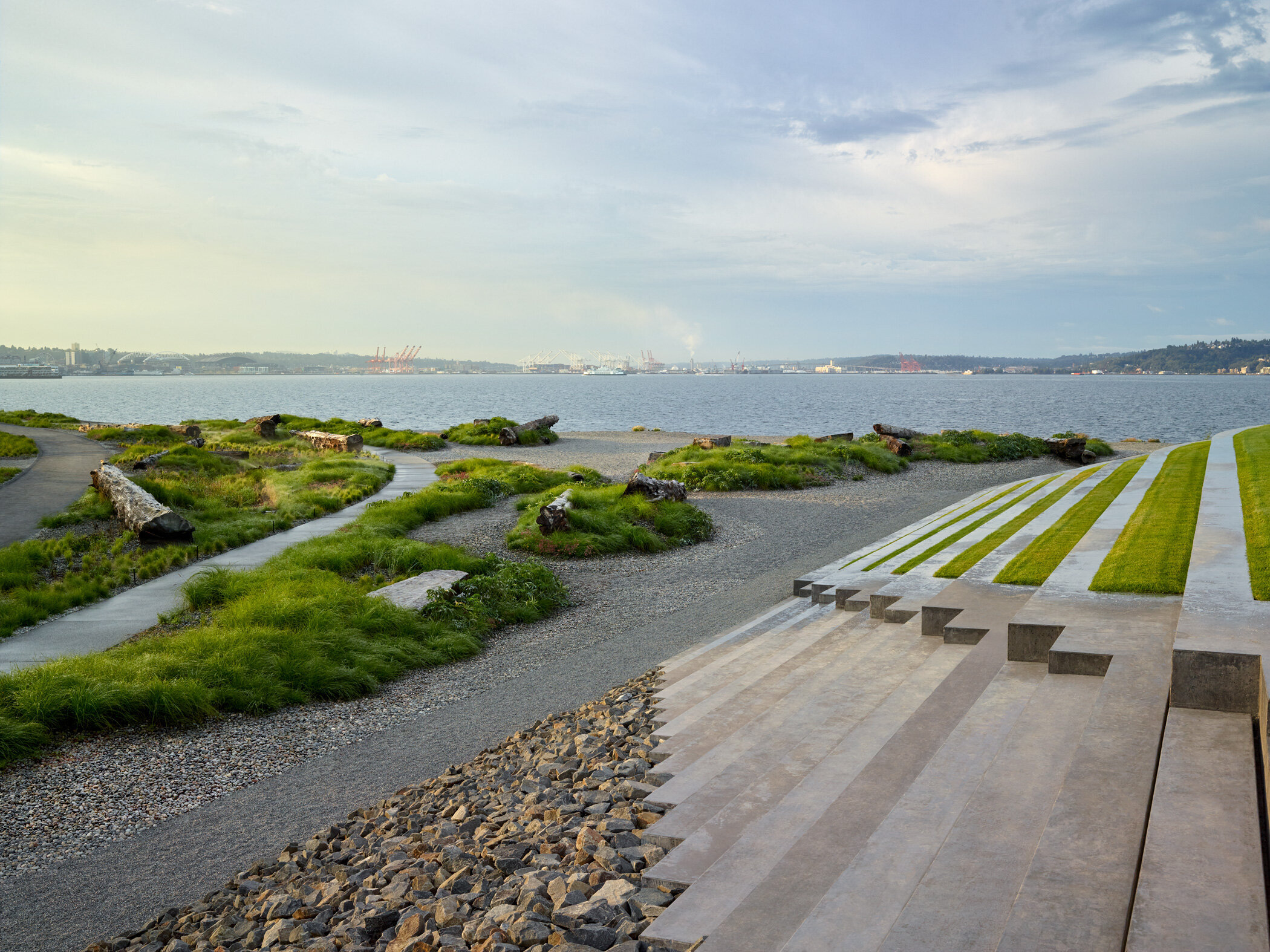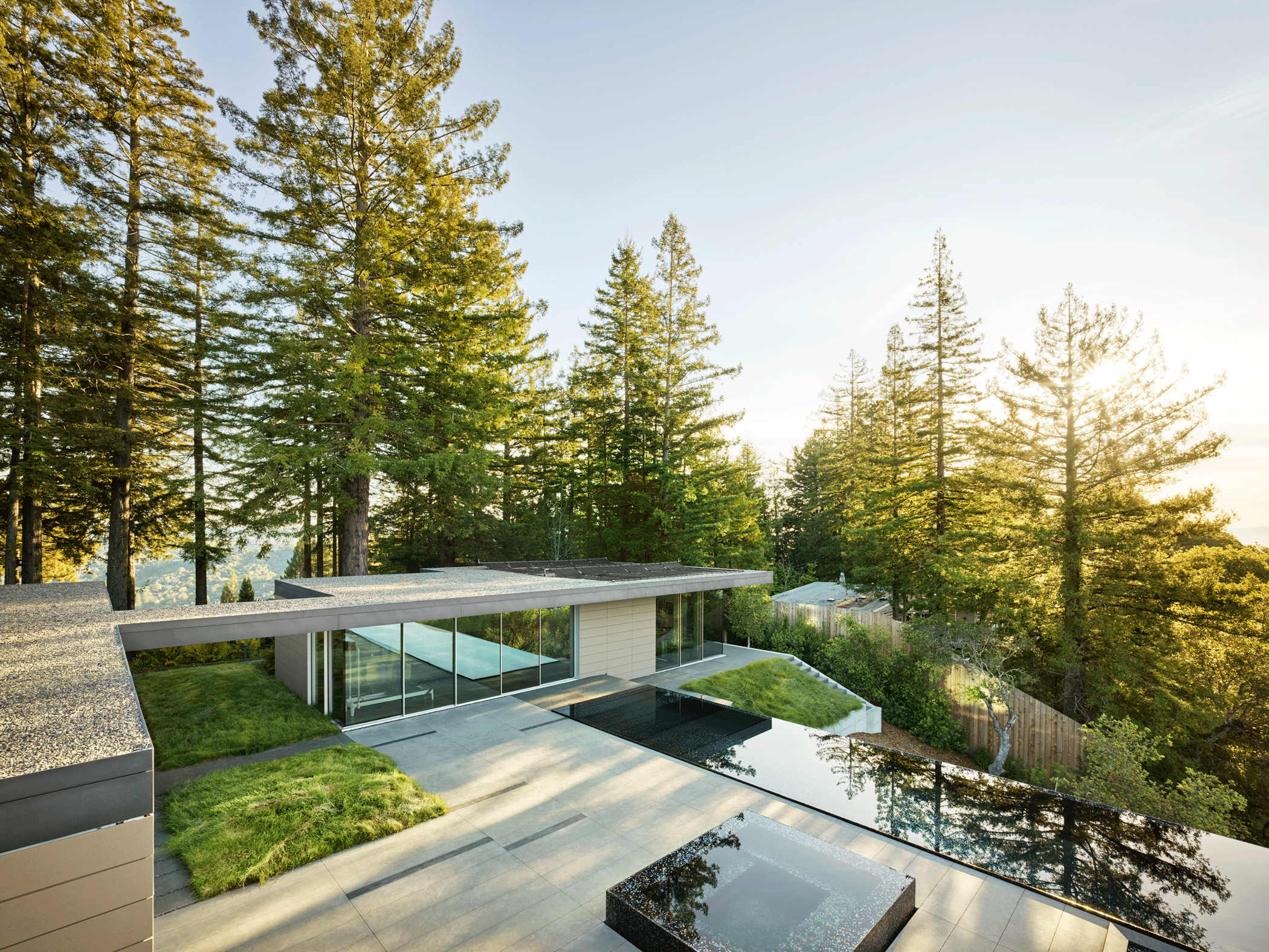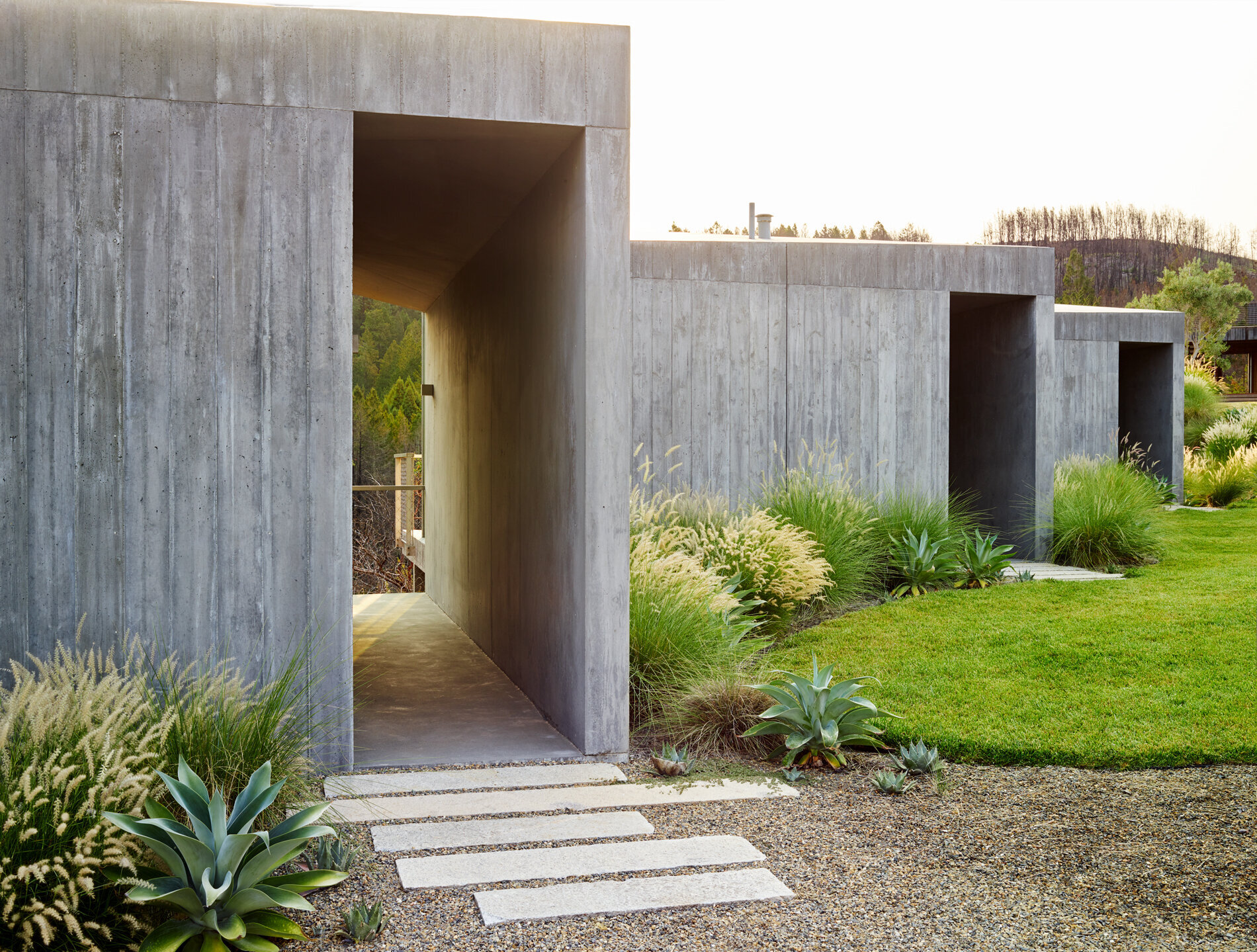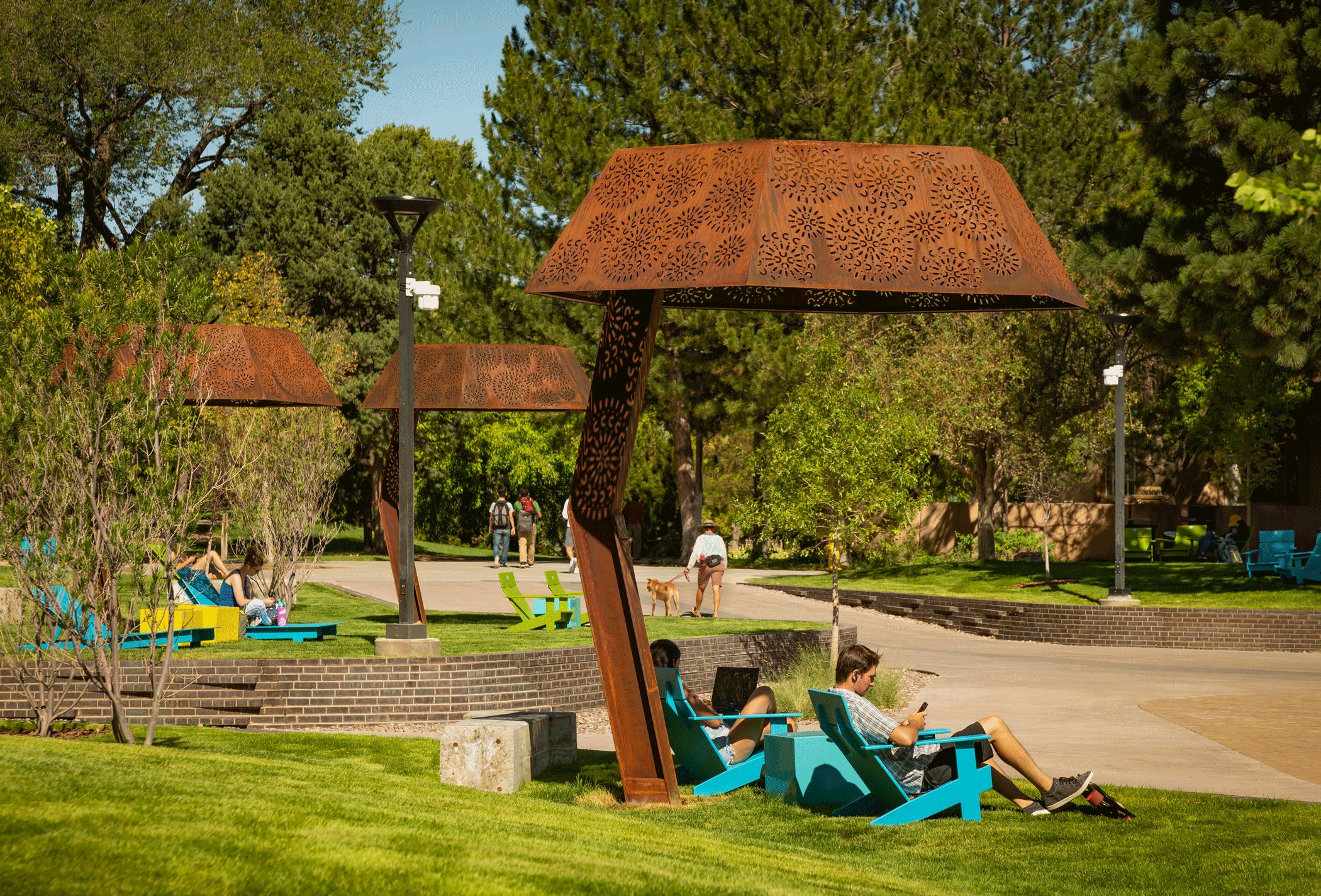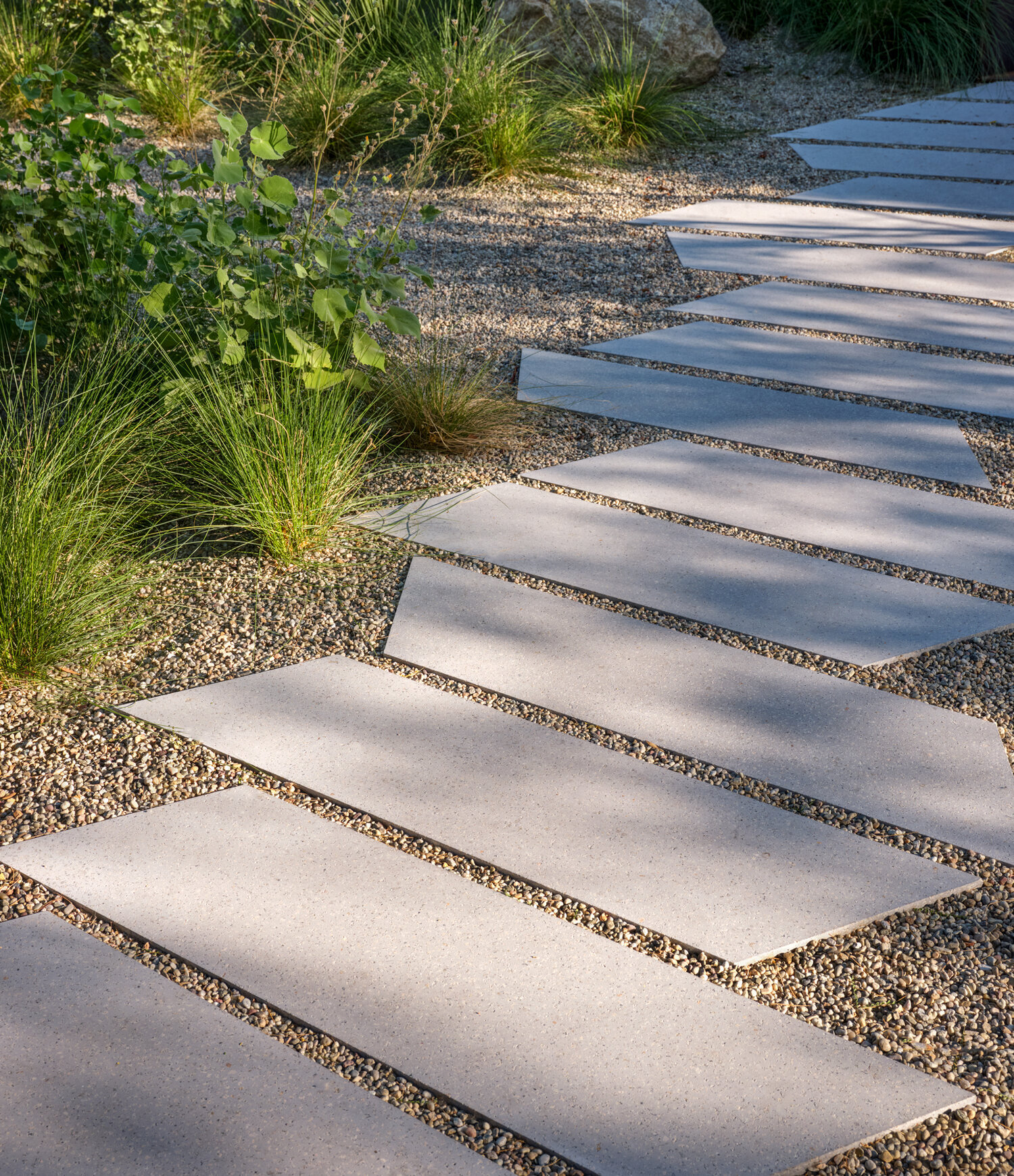#190 - JAMES LORD, Landscape Architect and Co-Founder of Surfacedesign
SUMMARY
This week James Lord, Landscape Architect & Founder of Surfacedesign joins David and Marina of FAME Architecture & Design to discuss the homogeneity of our streets and public spaces, his transition from architecture to landscape architecture, stories about Pierre Koenig and saving endangered frogs, the most common struggle Landscape Architects face in projects, storytelling in design, and much more. Enjoy!
ABOUT JAMES
Before co-founding Surfacedesign, Inc., James worked at the offices of Peter Walker and Partners, Martha Schwartz Partners and Hargreaves Associates. His stewardship of the firm's design practice has produced a wide range of award-winning projects for Surfacedesign. James’s innovative design approach has established Surfacedesign as a leader in urban design and sustainability in New Zealand. James received his MLA from the Harvard Graduate School of Design and his BARCH from the University of Southern California. He has served on the Harvard Alumni Council since 2004 and is an ASLA Fellow.
HIGHLIGHTS
TIMESTAMPS
(00:00) Why most streets in cities are generic
“In some ways we have been made numb by the environment that has been created by the box-checkers. We’re trying to fight for poetry and beauty as the motivating force rather than ‘how many rebar’ or ‘that’s not the right yellow’d warning strip’. Things can be done a different way.” (05:50)
(08:00) Not having a distinguishable style and its relationship to the history of landscape architecture.
(16:00) The car-dominated streetscape and struggling to inform people of the importance of landscape.
(23:30) What do we need to do to improve our streets?
“They (Auckland, Zealand) too had the typical engineered approach to everything and they decided, “No, we’re going to reimagine our streets. We’re going to test shared streets where you have streets where bike and cars and people all co-mingle on the same plane.” And the character of the sidewalks are of materiality that is from the place. [...] So you start to get the psyche change because now your co-mixing all these cars are slowing down and people are getting a little more, aware but they’re more confident that they can circulate unimpeded in ways that make them enjoy the environment rather than running from corner to corner trying not to get killed.“ (26:30)
(30:16) Issues the automobile brings to cities.
(35:17) James’ education as an architect and his transition to landscape architecture.
On the Los Angeles riots - “I worked on part of ‘Rebuild LA’ at that time to bring it back. But again just more and more it just hit you over the head that there was no release valve. There’s not place for people to engage on a large scale. There’s no Central Park. There’s not Golden Gate Park. In a sense that motivated me to rethink, and I applied to the GSD in Landscape Architecture and in Architecture with Urban Design. It was really that shock that your city and everything that you that was could turn on a dime. And to see it happening again now is heartbreaking.” (43:37)
(45:40) Working as a master-planner of the Sydney Olympics and saving endangered species of animal as part of the plan.
(48:40) The ephemeral nature of landscape architecture.
(56:11) The challenges of conveying the value of a landscape architecture design to clients.
(01:01:43) The importance of storytelling in design.
(01:10:44) The distinctions between landscape architecture, architecture, and urban design.
“The structure that the architect is the conductor, maestro, and god-like character, over the years has slowly worn off. George Hargreaves and others really challenged that these urban environments shouldn’t be run by architects and more by landscape architects. Because it’s much easier to talk about parks and softscapes in a positive rather than some of the monumentality that the profession of architecture had taken itself down to. So that little break in the chink of the armor allows landscape architects and urban designers to break in to that world and I think it’s gotten a lot richer. The mushiness or blurring of the lines of who’s running what and where is a good thing.” (01:12:04)
(01:18:21) The challenges and fun of taking on a variety of projects and not being ‘diamond-shiters’.
“I think someone that holds their cards too tight, or as I call the diamond-shiters of the world, when you throw a lump coal up the ass and they shit diamonds because they’re so intense and need to get it exactly perfect are doing themselves and body damage. They’re literally psyching themselves out for someone that they can never achieve. You can’t achieve perfection. I just don’t believe that… and when you do… it’s stale. And it’s done. And it’s over. Having looseness and knowing that nothing’s every perfect is sort of a relief.”
(01:20:32) What Pierre Koenig was like.
(01:22:59) The strong community that bonds landscape architects together.
(01:26:16) The most common challenge that Landscape Architects face.











